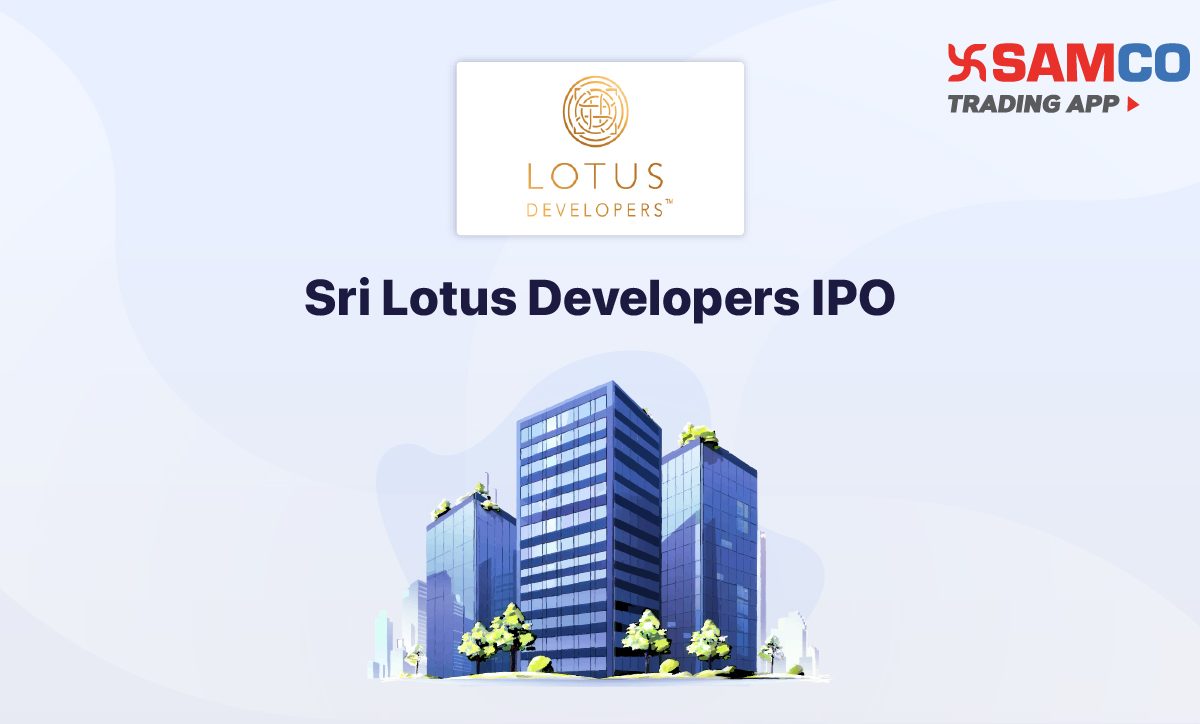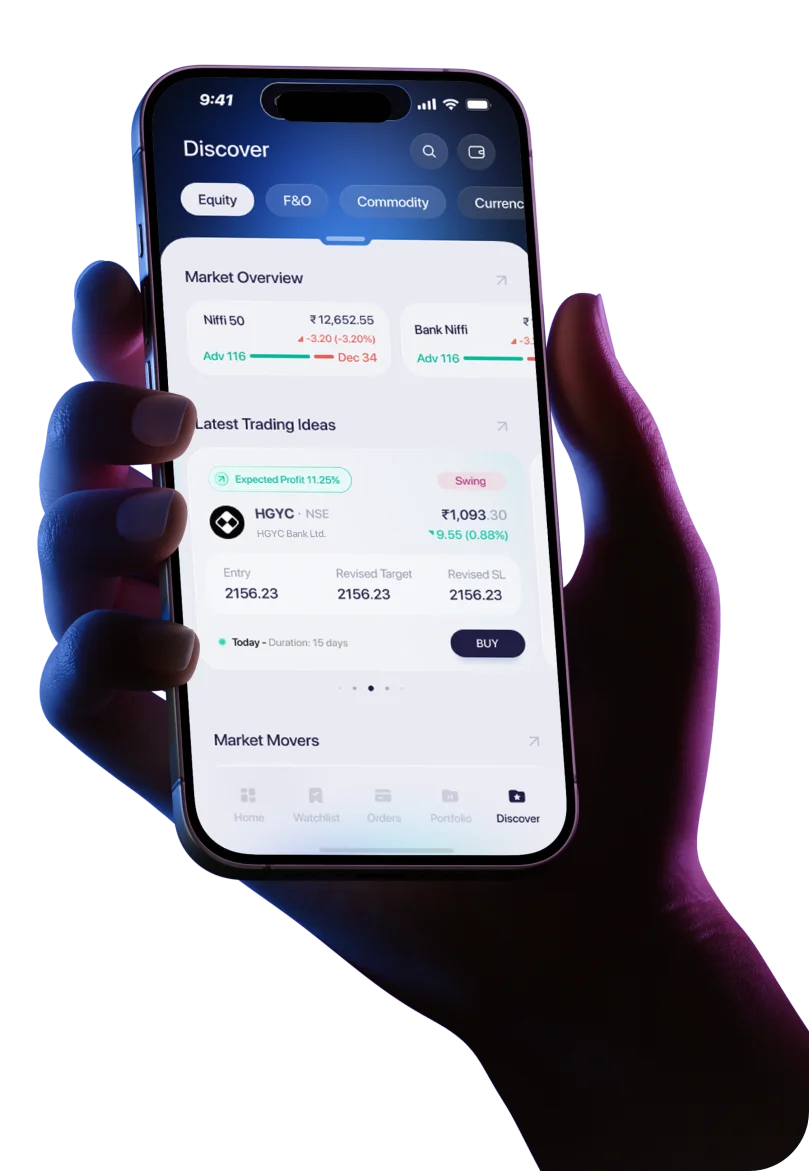About the Company:
Incorporated in February 2015 and headquartered in Mumbai, Maharashtra, Sri Lotus Developers and Realty Limited (formerly AKP Holdings Limited) is a premium real estate developer with a strategic focus on redevelopment projects in the ultra-luxury and luxury residential segments. The company primarily operates in the high-value western suburbs of Mumbai, catering to a niche but growing clientele seeking high-end living experiences.
The company's operations span the development of both residential and commercial properties, with a clear emphasis on urban infill and brownfield redevelopment opportunities—essentially transforming old buildings into modern, aspirational living spaces in prime city locations.
the company has a total developable area of 0.93 million square feet, spread across 9 ongoing and upcoming projects. This portfolio includes:
- Luxury residential flats: 2BHK and 3BHK units priced between ₹3 crore to ₹7 crore
- Ultra-luxury residences: 3BHK and 4BHK offerings, with premium layouts and amenities
- Commercial projects: Targeting high-footfall urban zones, including retail and office spaces
Their luxury projects are tailored to the aspirations of Mumbai's affluent demographic, characterized by top-tier finishes, strategic locations near business hubs, and premium amenities. Notably, the company’s business model emphasizes in-situ redevelopment, which minimizes land acquisition risk and leverages the redevelopment opportunity in aging Mumbai societies under the Development Control and Promotion Regulation (DCPR) framework.
With a well-defined brand identity, “Sri Lotus” has established a strong reputation for trust, timely execution, and design-led living spaces. Its execution capabilities are backed by a team with deep domain knowledge and experience in the real estate value chain, from land aggregation to customer delivery.
In a city where land is scarce and aspirations are high, Sri Lotus Developers aims to position itself as a boutique but high-margin player, aligning with the shifting urban landscape and increasing demand for modern, well-designed, centrally-located housing.
IPO Details:
| Particulars | Details |
|---|---|
| IPO Date | July 30, 2025 – August 1, 2025 |
| Issue Type | Book Built Issue |
| Tentative Listing Date | August 6, 2025 |
| Face Value | ₹1 per share |
| Price Band | ₹140 – ₹150 per share |
| Lot Size | 100 shares |
| Minimum Retail Investment | ₹15,000 (100 shares × ₹150) |
| Issue Size | ₹792 Crore (100% Fresh Issue) |
| Post-Issue Market Cap | ₹7,331 Crore (at upper price band) |
</table class="itstocks">Objects of the Offer:The net proceeds of ₹792 crore will be utilized as follows:
- Investment in Subsidiaries for Project Development – ₹550 crore.
- General Corporate Purposes – ₹242 crore.
The primary objective is to support ongoing development of ultra-luxury and luxury residential projects through key subsidiaries and to enhance operational flexibility for future growth.Key Strengths and Opportunities:
- Strategic Positioning in the Ultra-Luxury & Luxury Segment of Western Mumbai
The company operates in one of India’s most premium real estate zones—Western Suburbs of Mumbai—focusing exclusively on ultra-luxury and luxury residential and commercial projects. Backed by strong demand growth in the >₹2.5 crore housing segment (from 3% in 2021 to 22% in Q1FY25), its focus aligns with rising aspirational living trends in India's commercial capital. - Strong Brand Recognition with Premium Pricing Power
Operating under the “Lotus Developers” brand, the company enjoys a 22% premium over average quoted prices in Juhu. Awards like “Best Realty Brand” (2024 & 2025) in the luxury category by ET Edge further reinforce the brand's credibility and premium positioning. - Asset-Light Development Model Enhancing Capital Efficiency
With over 90% of its upcoming developable area coming from redevelopment or joint development models, Sri Lotus minimizes upfront land costs and maximizes return on capital. This enables geographic expansion into high-potential micro-markets like Nepean Sea Road, Ghatkopar, and Prabhadevi without heavy land investment burdens. - Premium Product Design Tailored to Customer Preferences Sri Lotus integrates strategic design thinking into its projects by customizing layouts and amenities based on the needs of each location and target audience. For instance, commercial projects like Signature offer unique features such as a private theatre, banquet hall, and lounge, catering to Andheri’s media crowd. Similarly, in space-constrained areas like Juhu, residential projects such as Ananya and Ayana feature rooftop amenities like swimming pools and cabanas to enhance lifestyle appeal. This thoughtful design approach creates a clear differentiator in the premium real estate segment, driving customer preference and pricing power.
Risks:
- Heavily Concentrated Geographic Presence in Western Mumbai
The company's entire project portfolio—past, present, and future—is concentrated in the Western Suburbs of Mumbai, making its revenues and business operations vulnerable to region-specific factors such as changes in local regulations, real estate demand fluctuations, or natural calamities. - Dependence on Redevelopment & Asset-Light Models
A majority of ongoing and upcoming projects are based on redevelopment or joint development models, which involve complex negotiations with housing societies and occupants. Delays in obtaining approvals, litigations, or resistance from stakeholders can significantly impact timelines and profitability. - High Project Execution Risk
The company’s revenues and profitability are project-dependent, with ongoing and upcoming projects in early stages of development. Any delays in approvals, construction, sales, or cost overruns could materially affect financial performance. - Significant Working Capital and Funding Requirements
Real estate is a capital-intensive business. The company is dependent on timely sales, customer advances, and external borrowings for funding construction and land development. Any shortfall in inflows may strain liquidity and delay project delivery. - Regulatory Risks in a Highly Controlled Sector
Real estate development in India is subject to multiple regulatory approvals from municipal and state authorities under laws such as RERA, DCPR 2034, MOFA, and others. Any changes in policies, environmental norms, or taxation laws can disrupt business plans and cause financial uncertainty.
Financial Snapshot (₹ in Crores):</table class="itstocks">Insight: The company has grown its revenue over 3x in two years and sustained healthy margins and return ratios. Its asset base has expanded significantly, showcasing reinvestment in growth.Relative Valuation:</table class="itstocks">Conclusion:Sri Lotus Developers & Realty Ltd is focused on the luxury and ultra-luxury real estate segment in Mumbai’s western suburbs—an area that continues to see strong demand and price growth. The company has shown impressive growth in recent years, with revenue and profit rising sharply. Its asset-light business model and ability to sell units early in the construction phase help generate strong cash flows and reduce debt. The brand also enjoys a premium in the market, backed by timely project delivery and customer trust.At the upper price band, the IPO is valued at around 32 times FY25 earnings, which may seem slightly high but is supported by strong margins, low debt, and a healthy return on equity. With the funds being used to support future projects and expansion, and considering the steady demand in its target market, we recommend subscribing to the IPO for listing gain purposes.
Particulars | Details | |||
IPO Date | July 30, 2025 – August 1, 2025 | |||
Issue Type | Book Built Issue | |||
Tentative Listing Date | August 6, 2025 | |||
Face Value | ₹1 per share | |||
Price Band | ₹140 – ₹150 per share | |||
Lot Size | 100 shares | |||
Minimum Retail Investment | ₹15,000 (100 shares × ₹150) | |||
Issue Size | ₹792 Crore (100% Fresh Issue) | |||
Post-Issue Market Cap | ₹7,331 Crore (at upper price band) | |||
Particulars | Unit | FY25 | FY24 | FY23 |
Revenue from Operations | ₹ Crore | 550 | 462 | 167 |
Profit Before Tax (PBT) | ₹ Crore | 307 | 162 | 22 |
Profit After Tax (PAT) | ₹ Crore | 228 | 120 | 16 |
Net Worth | ₹ Crore | 932 | 170 | 48 |
EBITDA | ₹ Crore | 289 | 159 | 21 |
EBITDA Margin | % | 53% | 34% | 12% |
EBIT | ₹ Crore | 287 | 157 | 20 |
EBIT Margin | % | 52% | 34% | 12% |
PAT Margin | % | 41% | 26% | 10% |
Return on Equity (RoE) | % | 24% | 71% | 34% |
Return on Capital Employed (RoCE) | % | 27% | 26% | 5% |
Debt-to-Equity Ratio | Times | 0.13 | 2.51 | 6.90 |
Company | PE Ratio | PB Ratio | RoNW % | |
Sri Lotus Developers and Realty | 32 | 8 | 27% | |
Listed Peers |
|
|
| |
Arkade Developers Limited | 23 | 4 | 26% | |
Keystone Realtors Limited | 46 | 3 | 8% | |
Suraj Estate Developers Limited | 15 | 2 | 14% | |
Sunteck Realty Limited | 37 | 2 | 5% | |
Mahindra Lifespaces Limited | 76 | 4 | 2% | |
Hubtown Limited | 96 | 2 | 3% |




 Easy & quick
Easy & quick
Leave A Comment?